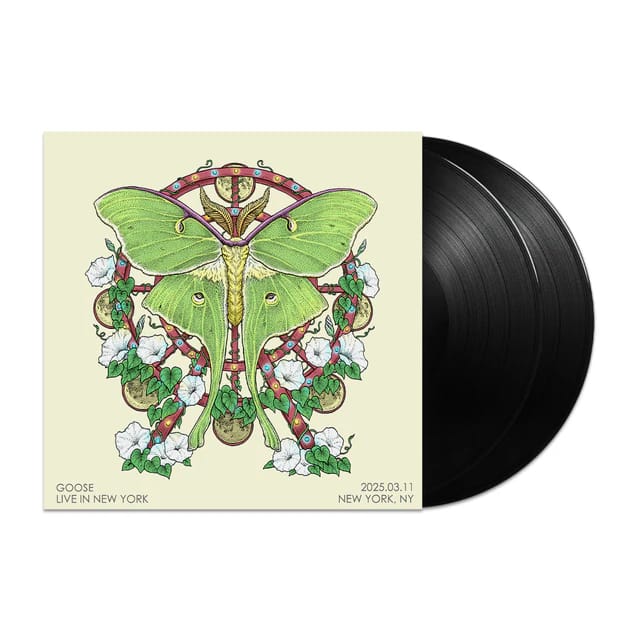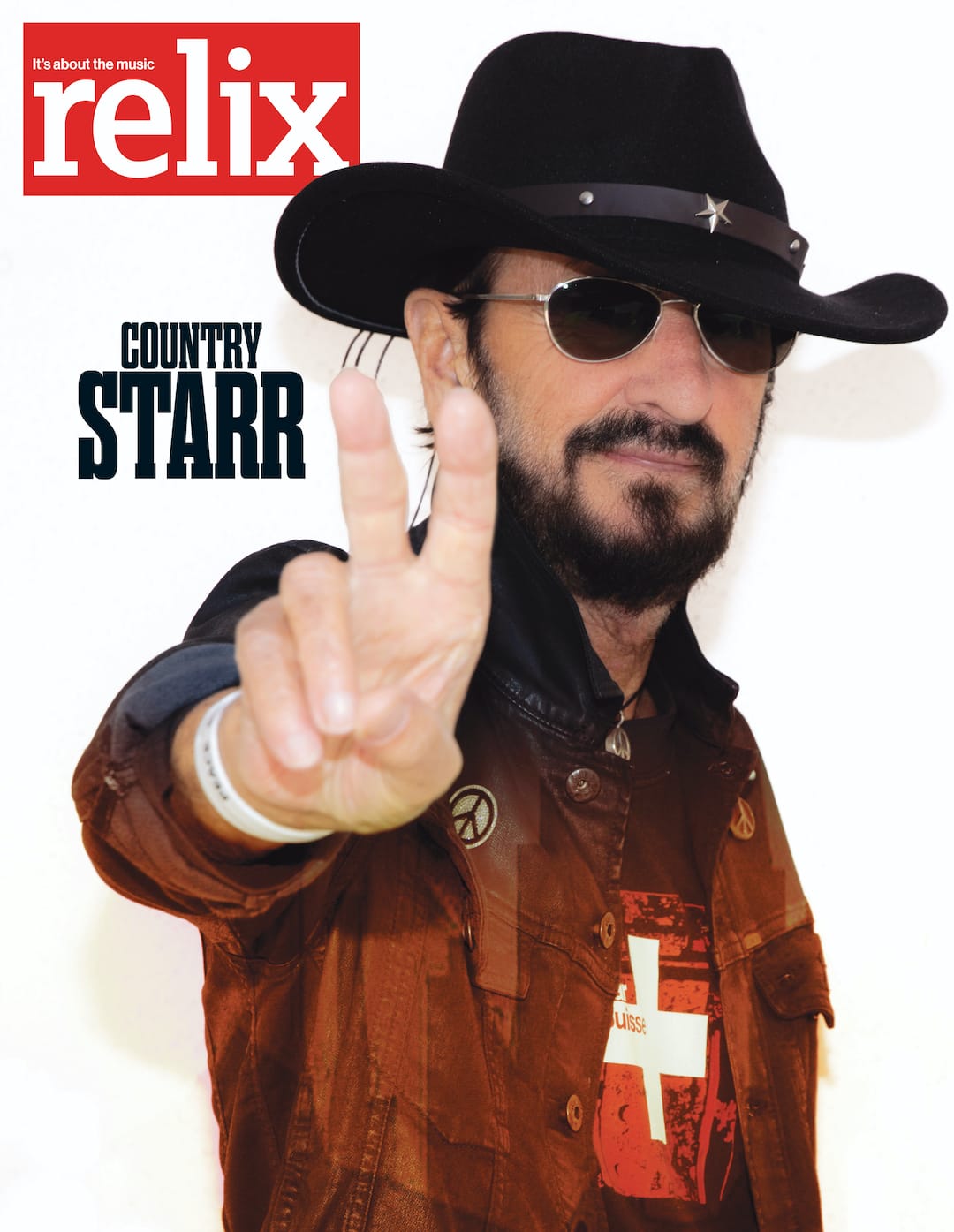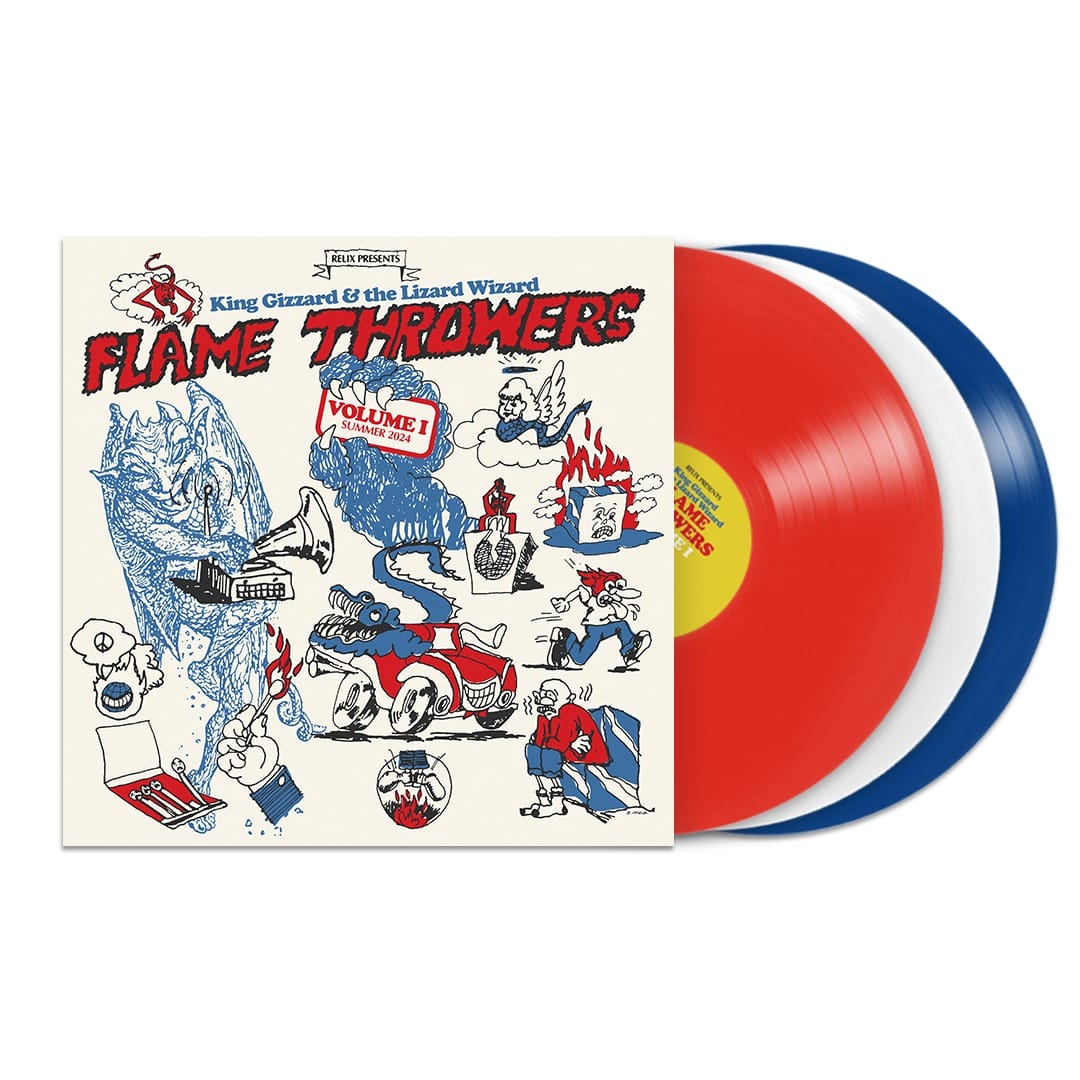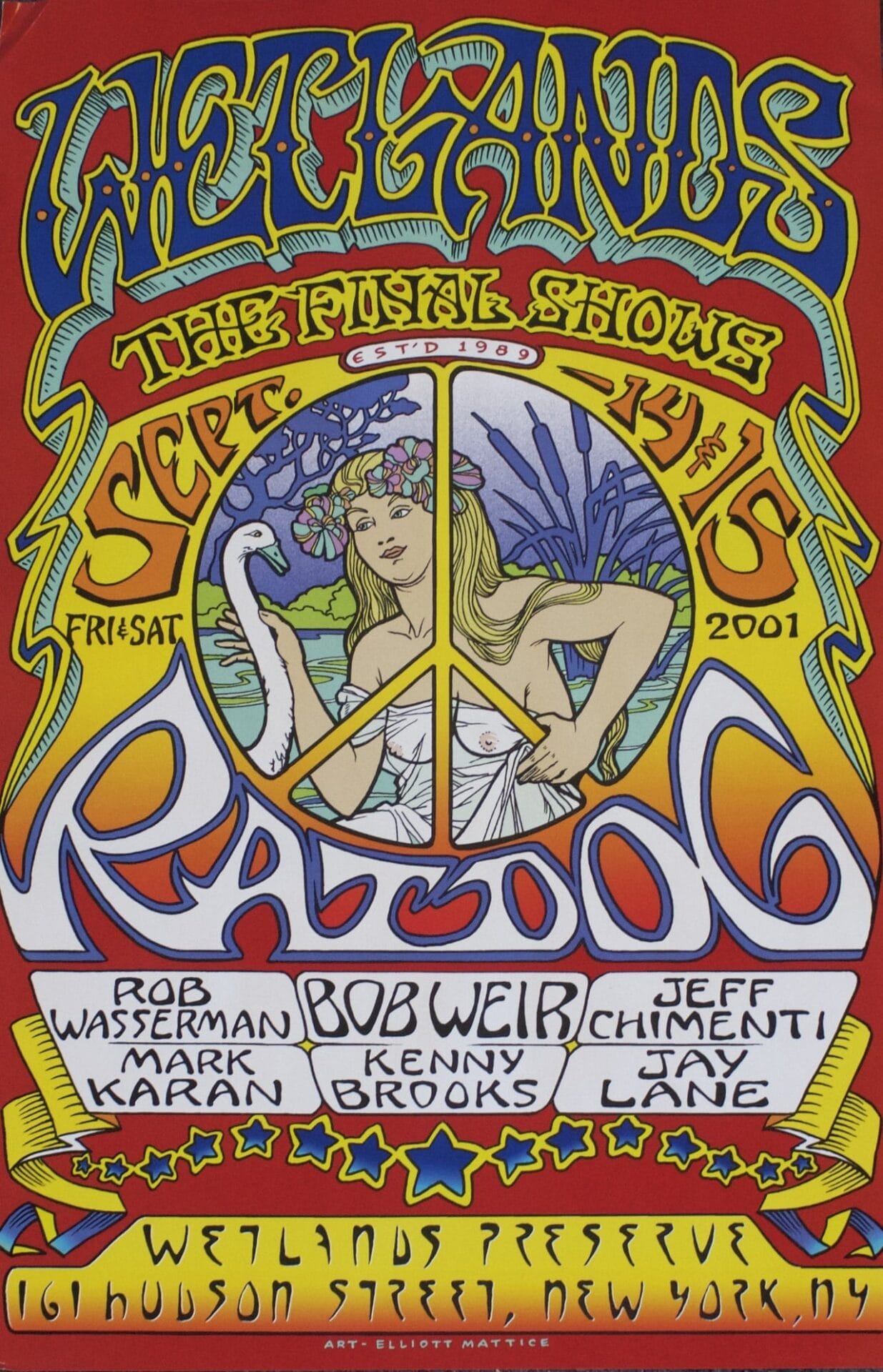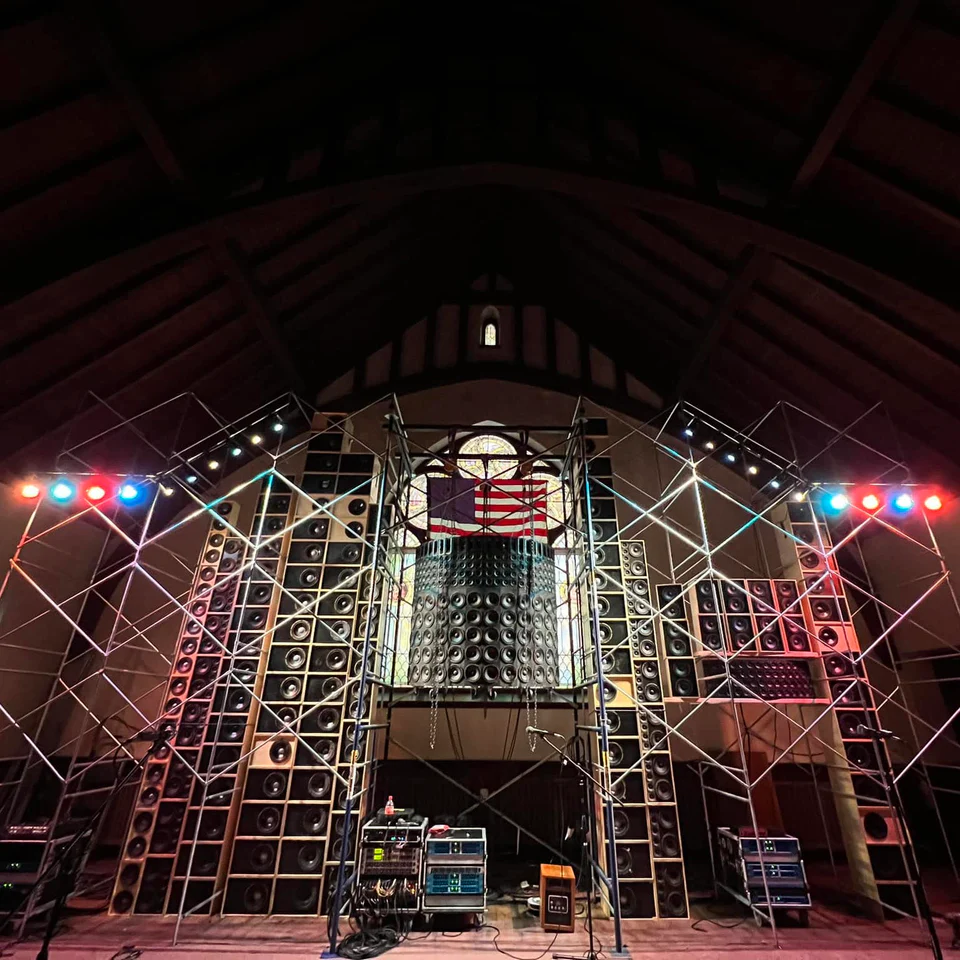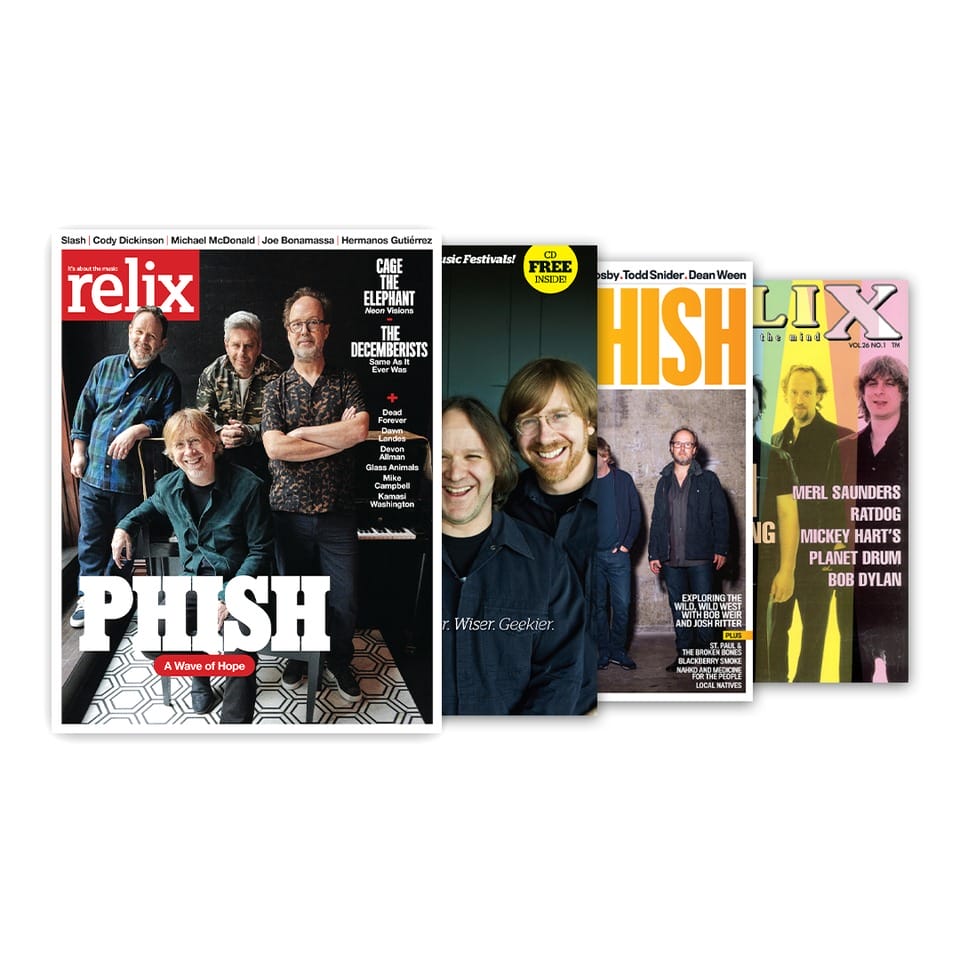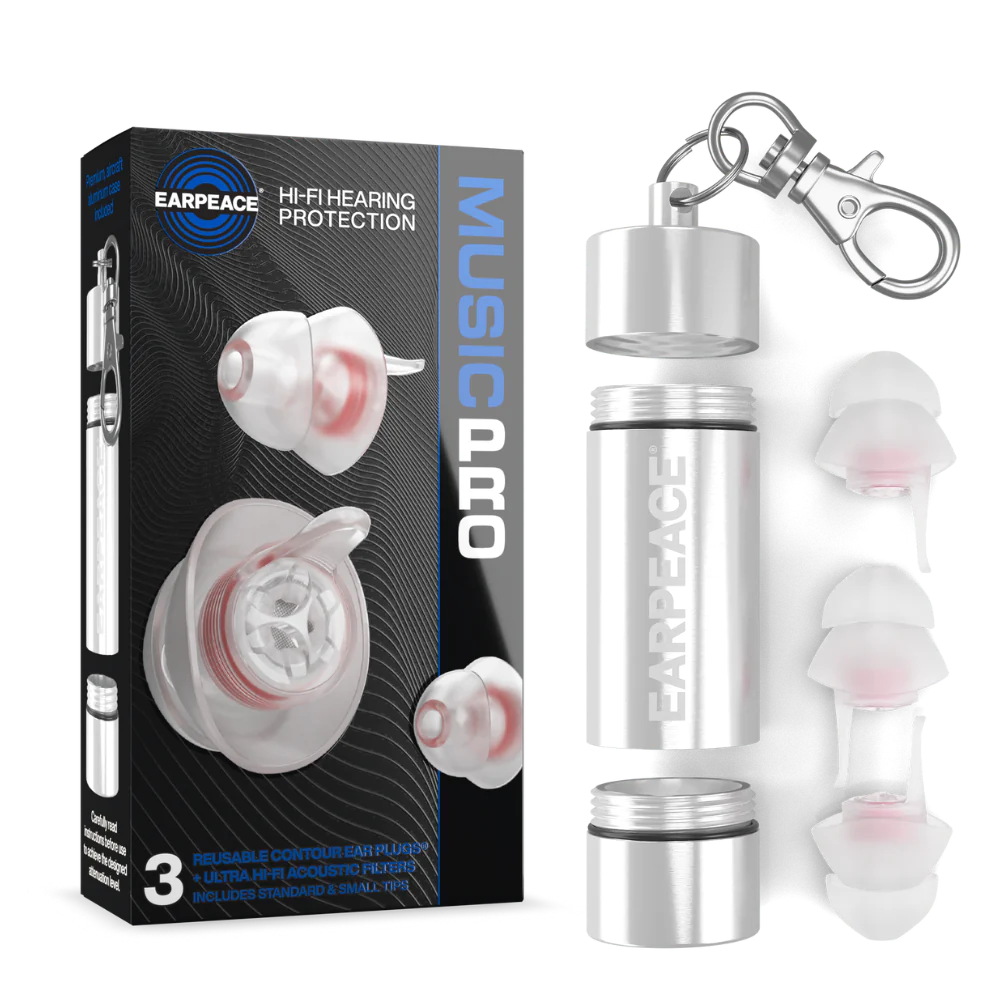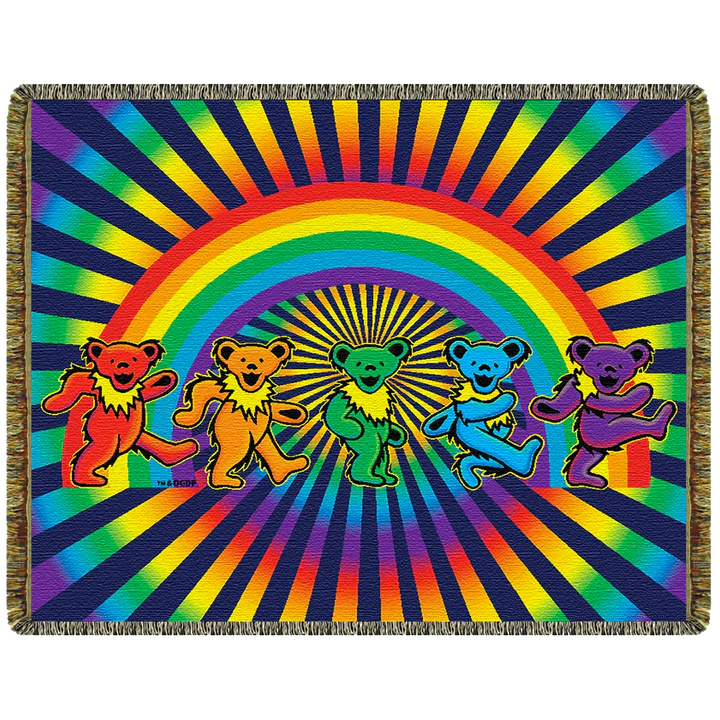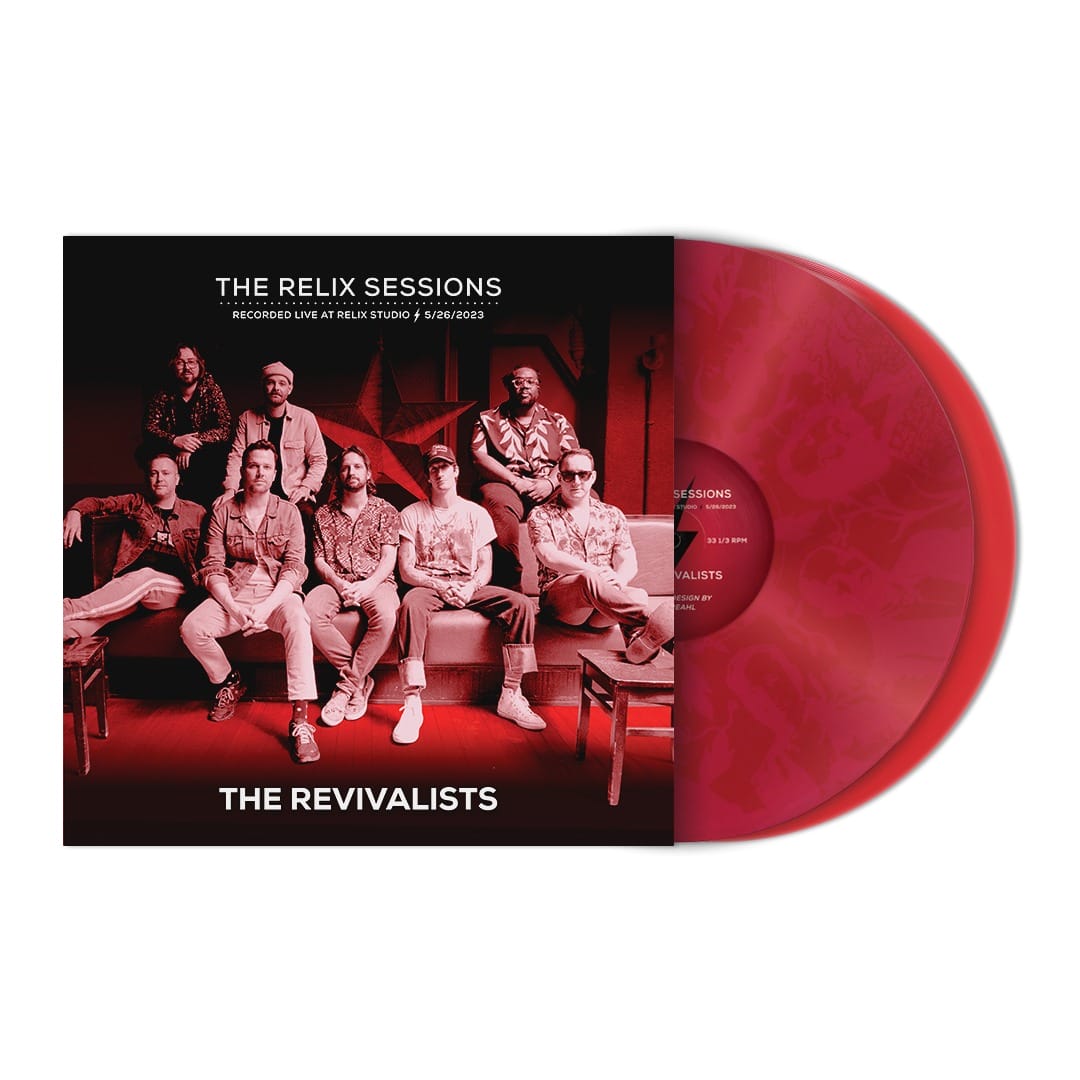That Time We Wrote About Iron Maiden: Revisiting Our 1982 Feature on the Metal Kings

Since today is Halloween and we’re celebrating the launch of a new Relix.com, we’ll present some seasonally-appropriate archival stories from Relix lore. Why not start with that time we sat down with Bruce Dickinson and the late, great Clive Burr of Iron Maiden?
The October 1982 issue of Relix was among its hardest-edged yet. Sure, there was plenty of Grateful Dead content to go around, but the issue was anchored by chats with heavier artists as well, including Judas Priest and a cover story on The Who. To keep the theme going, there were also Q&As with Riot and Ted Nugent.
Continue reading for Sheila René’s chat with Iron Maiden at the tail end of their Beast on the Road world tour.
Steve Harris, the bassist for Iron Maiden put together their first lineup in June, 1977. The name comes from the medieval torturing device of the same name. If you remember, 1977 was the beginning of the “new wave” music era and long hair and heavy metal were out of vogue. The group went through some bad times and changes. In 1979, the grassroots movement began in England for Heavy Metal and Iron Maiden released a 3 track single—“The Soundhouse Tapes” on their own self-financed label, Rock Hard Records. The first pressing sold out in less than a week. Record companies of bigger stature took a hard look and in December, 1979 they were signed to a worldwide deal with EMI records.
March 1980—Iron Maiden released their first album, Iron Maiden, and left on a tour of the UK with Judas Priest. In August, 1980 the band appeared at the famous Reading Festival and then on to open 30 concerts for Kiss. Winter 1980—the pace picks up with LP #2, Killer, being recorded with producer Martin Birch of Deep Purple, Rainbow and Black Sabbath producing fame.
The album was released in 1981 selling well over a million copies and cracking the Top 10 in the UK, France, Germany, Japan, Sweden and Belgium, and for the first time, the Top 70’s in the USA. In Japan their concerts sold out four months in advance. They recorded Maiden Japan, a four song mini-LP in October, 1981. At this point a new vocalist was added and The Number of the Beast became a reality. Bruce Dickinson joined an already seasoned group of musicians—Dave Murry, lead guitarist, Adrian Smith, lead guitarist, Steve Harris, bassist and Clive Burr on drums.
A lot of strange happenings surrounded that LP—you might say messages from the Beast himself—the LP was delayed because of equipment malfunctions and the band had difficulty laying down the title track. Steve Harris’ bass stack blew up, Dave Murry’s stack kept cutting out at different intervals and last but not least Martin Birch, back on producing duties, had an accident on his way home from a recording session.
The Beast of the Road World Tour 1982 took in major venues in 18 countries and is now finishing.
At the Day on the Green shows, the bands get a trailer of their own backstage with one side a tuning room and the other a hospitality/dressing room. I was ushered in and assisted by Peter Kirkman, who is the Chief Backline Tech with the group. I quizzed Peter about his duties and experience. I found that Peter had worked with such greats as B.B. King, Frank Zappa, Moody Blues, Michael Schenker, Elton John, Mick Taylor and others… He has been in the rock and roll business for 15 years. Peter advised “Iron Maiden is the hardest to work for—in terms of time and work involved. They are on the road 9-10 months a year and the other 2 months in the studio working on the next LP—so it’s 365 days a year and 364 are working. They really go for it.”
Peter said that he had designed and built the Marshall racks and the bass racks, all the different transformers used to power everything. I asked him if there was something unique to Iron Maiden’s sound. His reply was that the unique thing about IM was the fact that if anything goes wrong in the show there is no 5 minute delay… it’s a question of 3 seconds and they can pull anything needed because it’s racked, everything has safetys. If anything gets a buzz or problem, instead of taking a screwdriver, you just flip a switch… instead of opening a box you just pull a lead out.
I began talking to Bruce Dickinson and Clive Burr about finally making it to the West Coast of the U.S. and playing with only 2 hours sleep. The band had been driving for days—St. Louis to Kansas City to Denver to Salt Lake City to Seattle and then into the Day on the Green.
Relix: How was it out there in front of the Bay Area for the first time?
Clive: I really got off on the whole thing. Both the Scorps and IM had a different monitoring system than the other bands. It’s kind alike a radio shack system, not too wonderful. You get out there and after about 3 numbers it settles down and it is the people and the vibe that was so good. You can’t help come off the stage in a good mood.
Relix: Bruce, you made a denouncement on stage regarding all the recent devil hunting do-gooders.
Bruce: Yes, we are a heavy rock band, we are not Satan worshippers or Devil worshippers or whatever you want to call it. We just happened to write this one song about this guy who has a dream that he is witness to a black magic ceremony and we named the album after that song. It drives me wild, but if people want to buy our records to burn them so much the better. We just sell more records. I don’t mind.
Relix: One thing I enjoy about your music is the fantasy you put into your lyrics.
Clive: Oh yes. There is a macabre side to it but these people take the whole thing too seriously and read things into it that don’t exist. It is supposed to be fun… it’s going out and forgetting all your problems.
Clive admits to being a horror movie fan but also into Western movies, but comedy is his favorite. He talks about the video being seen on MTV “Run to the Hill” and “Number of the Beast” which shows what a fun band they are.
Relix: I’ve got to know the real story behind Eddie.
Clive: He just evolved… we used to use a Kabuki mask behind the drums et in the early days and his eyes flashed and what happened is this artist Derek Riggs had a series of illustrations and he did some pretty over the top things. It was referred to as “the ed”short for head and then evolved into Eddie. We dropped the Kabuki mask backdrop and used Eddie the character on the first album cover. He had shorter hair in those days. We found the artwork at EMI London…he just jumped out at us…that’s the way our music is…it just jumps right out at you. We didn’t want a nice sunset for the cover. No one can walk past Eddie.
Relix: Working with Martin Birch again, how was it?
Clive: Martin Birch is the best producer in the world. He is a psychologist and he gets the best out of everyone. The accidents number two for him during the studio time on the album. He smacked up his Porsche, rolling over three times down a hill. He had the car crushed into the coffee table now in his living room. When we did Killers we wanted Martin and played him the first LP. He was interested and like the band. We had a meeting and decided to go for it. We were a bit awe struck by him due to the fact that he had produced all our heroes. Killers worked pretty well but we didn’t have a chance to mess about too much. At the end of the LP we had become really friendly and I was a bit worried when we came to do The Number of the Beast because he couldn’t use all the tactics he had used before ‘cause we were friends now…but he started psyching us up about a month before we went in to do the album. I didn’t suss it out until we had finished, but the way he uses psychology to get what he wants is simply amazing. If we couldn’t get a track down or we were having problems, Martin chirps up, “Plan B, Yeah right lads!” He brings us into the studio and goes for Plan B… Apart from the crazy studio stuff that happened with things blowing up like the stacks, time frame wise it was quicker.
I found out that Clive has always been a drummer. Early on he wanted to be a guitarist but he couldn’t press down the cords and get a decent sound, so after sitting around bedrooms playing music with friends on bass he finally evolved into drums. On the other hand, Bruce is tapping away on his knee and I asked if he wanted to be a drummer first and he gave the yes reply.
Clive responded that he does get off trying to play lyrically. He says some drummers tend to put the beat down and stay with the bass and he just can’t help it when he hears a guitarist playing with a lick and not playing that lick on the drums. He tries to work off Bruce and his lyrics in the same way.
Bruce spoke up saying that the thing about IM is that there are 5 front people even thought the singer is the front man. Most of the time the bands’ other members are shrinking violets, but not in Maiden. Clive admits there are times when he wants to pick up his drums and move around the stage. I had a mental picture of him galloping in with the drums on his hips.
Clive admitted that the bad is terribly self critical. He ahs a sound in his head every night that he doesn’t think he can ever achieve and has never measured up to. The whole band gives 100% at all times and you can’t expect absolute perfection but you are always going for it—that’s the thing.


